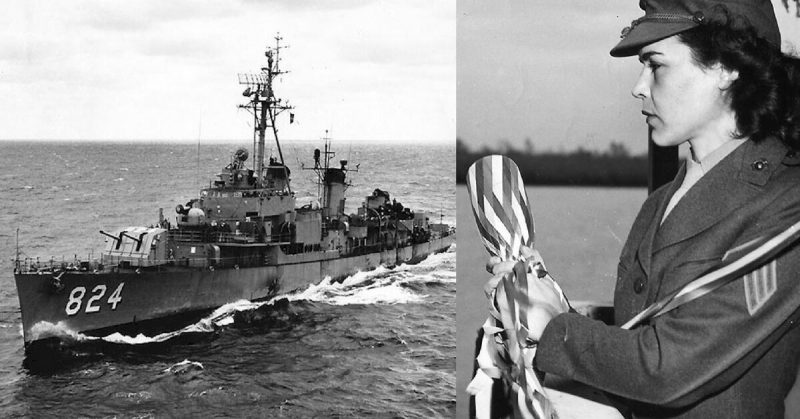In the Marines, the history of the Corps and those who have gone before them is a common topic for discussion. Field talk, as it is referred to, has been known to cover every topic from their favorite ladies to the origins of the universe.
When it comes to history, few Marines would argue that Gunner John Basilone was anything other than the consummate and iconic Pacific Marine. The United States Marine Corps has been dispatching their worst upon America’s enemies since 1775, but it was the Pacific Theater in WWII that defined the modern view of the Corps.
An Army Start for this Marine
John Basilone was born in 1916 in Buffalo, New York. His journey to war began as a soldier in the US Army in 1934. He was sent to the Philippines for his three-year enlistment service. While stationed in Manila, the man who loved to fight became a champion boxer.
When his time in the Army ended, Basilone returned home only to discover civilian life was not quite what he remembered it to be. He worked for a while as a truck driver, but he missed the Pacific. Luckily for the US Marine Corps, Basilone believed they would be the quickest route back to the Philippines, and he enlisted in 1940.
Unfortunately for the Japanese, Basilone was assigned to Dog Company, 1st Battalion 7th Marines on Guadalcanal. Since taking the island from the Allies in late 1941, the Japanese had begun construction on an airfield which had the potential to threaten Australia.
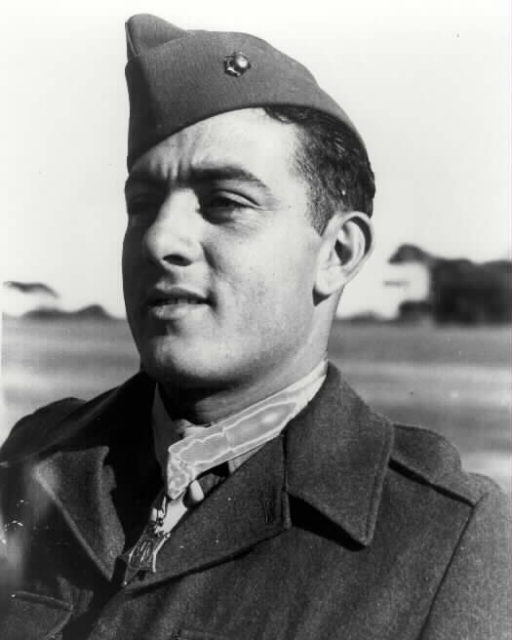
Nighttime on Guadalcanal
During the initial invasion of Guadalcanal, the Americans had secured the airstrip in a relatively short time. The Japanese appeared to want it back. Basilone and his machine gun sections were set up near the perimeter of what is now named Henderson Field. On the evening of October 24, 1942, 3,000 Japanese forming one human wave after another charged the lines.
Emerging from the jungle in the darkness the Japanese numbers and their willingness to charge into a storm of machine gun fire proved daunting. During the assault, one of Basilone’s machine gun positions was destroyed. Unhesitating, he moved an extra gun into position to fill the gap.
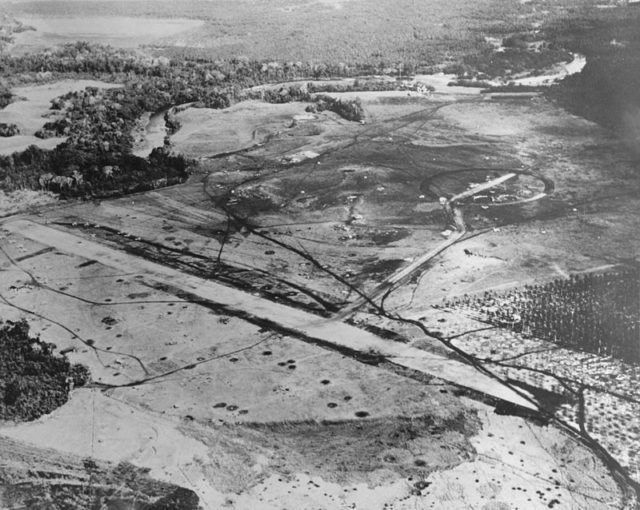
For two days and nights, Basilone ran from position to position fixing machine guns and directing fire. When his ammunition supplies were cut off by the Japanese, he resupplied his Marines by fighting through enemy held ground. On multiple occasions, he found himself up close and personal with the Japanese and used his pistol in hand to hand combat.
Basilone’s team were so effective he had to run out ahead of his lines and push over the wall of dead bodies his Marines had created to have a clear field of fire. When it was all over, they had annihilated nearly an entire Japanese Regiment.
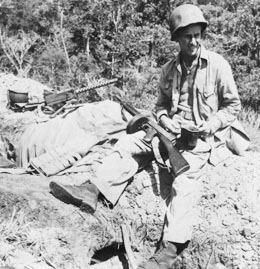
Back in the Fight
To Basilone’s surprise, he was awarded the Medal of Honor for his actions on Guadalcanal. While stateside, Basilone sold war bonds and fulfilled another iconic role of the US Marines: he was popular with the ladies.
Although he enjoyed the attention, Basilone wanted to return to the war. He was turned down on three occasions being told he was needed more on the home front. Finally, his plea to go back to the fight was accepted, and he reenlisted in July 1944. He was also married that month to Lena, a Sergeant in the Marine Corps Women’s Reserve.
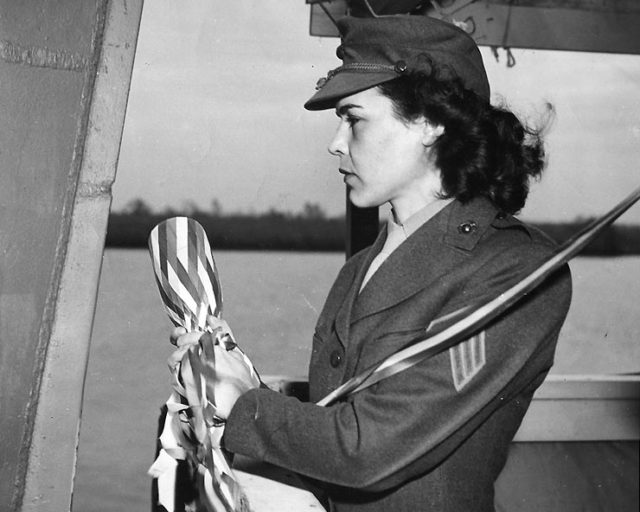
He was assigned to 1st Battalion 27th Marines, and on February 19, 1945, was serving as a machine gun section leader on Red Beach II, Iwo Jima. When his men were pinned down on the beach, Basilone decided to reintroduce himself to the Japanese in grand fashion. Storming ahead he single-handedly destroyed an entrenched Japanese position using grenades and demolitions.
Once again, he moved about the battlefield directing fire and doing his worst until Japanese mortar shrapnel killed him. His actions had enabled the Marines to penetrate the Japanese defenses and get off the landing beach during the critical stage of the invasion.
Legend, icon, and national treasure, John Basilone was the consummate WWII Pacific Marine.
